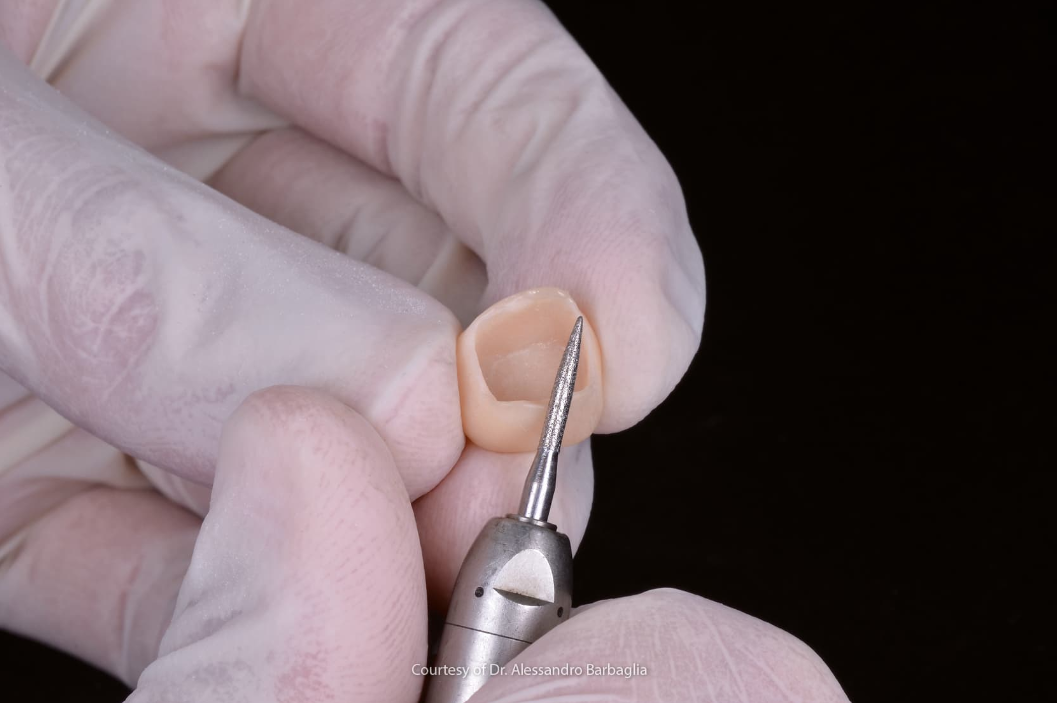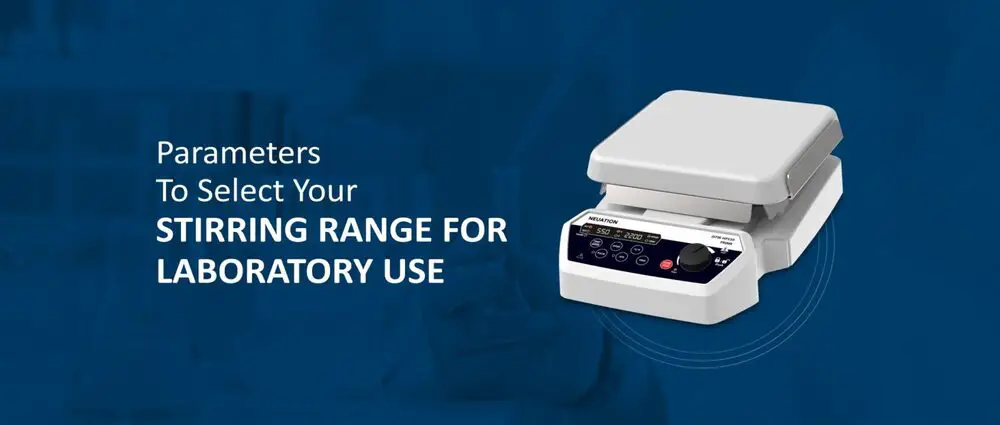Pre-tooth preparation temporary restorations: the direct-indirect technique
 Dental
Dental
Foreword: the importance of the temporary phase
From a clinical perspective, the temporary phase is a step of crucial importance for successful treatment during a restoration process. In actual fact, a good temporary phase allows the dentist to earn the patient’s trust and favourably influence the future success of the final restoration.
The purpose of the temporary phase is usually to analyse the shape and function characteristics of the future final prosthesis and thus determine the effectiveness of the treatment plan. (2)
Currently, the materials most commonly used to make temporary restorations are acrylic resins and composite resins. (3, 4) The latter offer better mechanical characteristics in terms of flexural strength and hardness. (4)
There are several temporary restoration fabrication techniques, which can be direct, indirect and mixed. (5)
These include:
- direct technique
- direct-indirect technique (pre-tooth preparation)
- indirect technique (post-tooth preparation)
We will now focus on the pre-tooth preparation direct-indirect technique (5-8).
Advantages and disadvantages of the pre-tooth preparation direct-indirect technique
With the pre-tooth preparation technique, the temporary restoration is fabricated by a dental technician in a laboratory before the dentist prepares the tooth on which it is to be fitted.
This method has several advantages. Firstly, after the tooth preparation phase no further appointments are required, resulting in considerable time saving for both the dentist and the patient.
In addition, the temporary restoration will usually be relined in the patient’s mouth, so the amount of resin used will be limited, the exothermic reaction will be contained and free monomer dispersion will be reduced.
However, this technique has the disadvantage of requiring a preliminary impression phase before the preparation phase, in order to allow the dental technician to fabricate the model and the temporary restoration.
We will now take a closer look at this technique, taking all the clinical and laboratory steps one by one.
Clinical and laboratory steps
During the first appointment
- The dentist takes an alginate preliminary impression of the two arches, performs bite registration and, lastly, disinfects them. Once the impressions have been delivered to the laboratory, the dental technician casts and trims the gypsum models.
- Then, based on the dentist’s instructions, the dental technician prepares on the model the abutments on which the temporary restoration is to be fabricated. The preparation of the abutments on the gypsum model must be more conservative than it will be when performed in vivo on the patient. This is because the pre-tooth preparation temporary restoration must be internally oversized in relation to the future abutment and consist in a shell that will subsequently be relined by filling the gap with the actual magnitude of the preparation.
- Once the abutments have been roughly prepared on the model, the technician will perform the wax-up, on which, using a high-rigidity silicone, technician will then make a mask. Once the silicone mask has cured and been removed, the wax-up will be removed using steam.
- Once the mask has been trimmed using a bur, holes will be made to coincide with the abutments on which the temporary restoration is to be made. On the gypsum model, the abutments will be isolated, the mask will be repositioned and self-curing resin will be injected through the holes to entirely fill the gap.
- Once the resin has cured completely, the silicone mask and the temporary restoration are removed, and the final trimming and polishing phase is carried out. Once completed, the temporary restoration is sent to the dentist.
During the second appointment
- During the second appointment with the patient, the dentist can prepare the teeth. Once this has been done, the fit of the temporary restoration is tested on the abutments. Having cleaned and dried the temporary restoration, the dentist isolates the abutments, in order to prevent adhesion, and self-curing resin is introduced inside the temporary restoration.
- The provision is then fitted in the proper position once again for the relining phase. When the resin is completely cured, the temporary restoration is removed. It is then trimmed to remove any excess and subsequently polished.
- Lastly, having dried the abutments, the dentist uses a temporary luting cement to cement the prosthesis, taking care to remove any excess.
The Zhermack solution for temporary restorations
Acrytemp is the Zhermack solution for temporary restorations: it is a self-curing bis-acrylic resin suitable for short- and long-term temporary restorations, with high failure resistance. It is available in 50 ml cartridges in shades A1, A2, A3, A3.5 and B1.
References
1) The Glossary of Prosthodontic Terms: Ninth Edition. J Prosthet Dent. 2017 May;117(5S):e1-e105. doi: 10.1016/j.prosdent.2016.12.001. PMID: 28418832;
2) Shillingburg H, Sather D, Wilson E, Cain J, Mitchell D, Blanco L, Kessler J. Fondamenti di protesi fissa. 2014;
3) Tom, T. Nigel, et al. Provisional restorations: An overview of materials used. Journal of Advanced Clinical and Research Insights, 2016; 3.6: 212-214;
4) Astudillo-Rubio D, et al. Mechanical properties of provisional dental materials: A systematic review and meta-analysis. PloS one, 2018; 13.2: e0193162;
5) Regish, K. M., Sharma, D., & Prithviraj, D. R. (2011). Techniques of fabrication of provisional restoration: an overview. International journal of dentistry, 2011.
6) H. B. Dumbrigue, “Composite indirect-direct method for fabricating multiple-unit provisional restorations,” Journal of Prosthetic Dentistry, vol. 89, no. 1, pp. 86–88, 2003.
7) K. G. Boberick and T. K. Bachstein, “1998 Judson C. Hickey Scientific Writing Award. Use of a flexible cast for the indirect fabrication of provisional restorations,” The Journal of Prosthetic Dentistry, vol. 82, no. 1, pp. 90–93, 1999.
8) V. Bennani, “Fabrication of an indirect-direct provisional fixed partial denture,” Journal of Prosthetic Dentistry, vol. 84, no. 3, pp. 364–365, 2000.
Article from https://magazine.zhermack.com/en/laboratory-en/direct-indirect-pre-tooth-preparation-temporary-restoration-technique/
Courtesy of Dr. Alessandro Barbaglia





